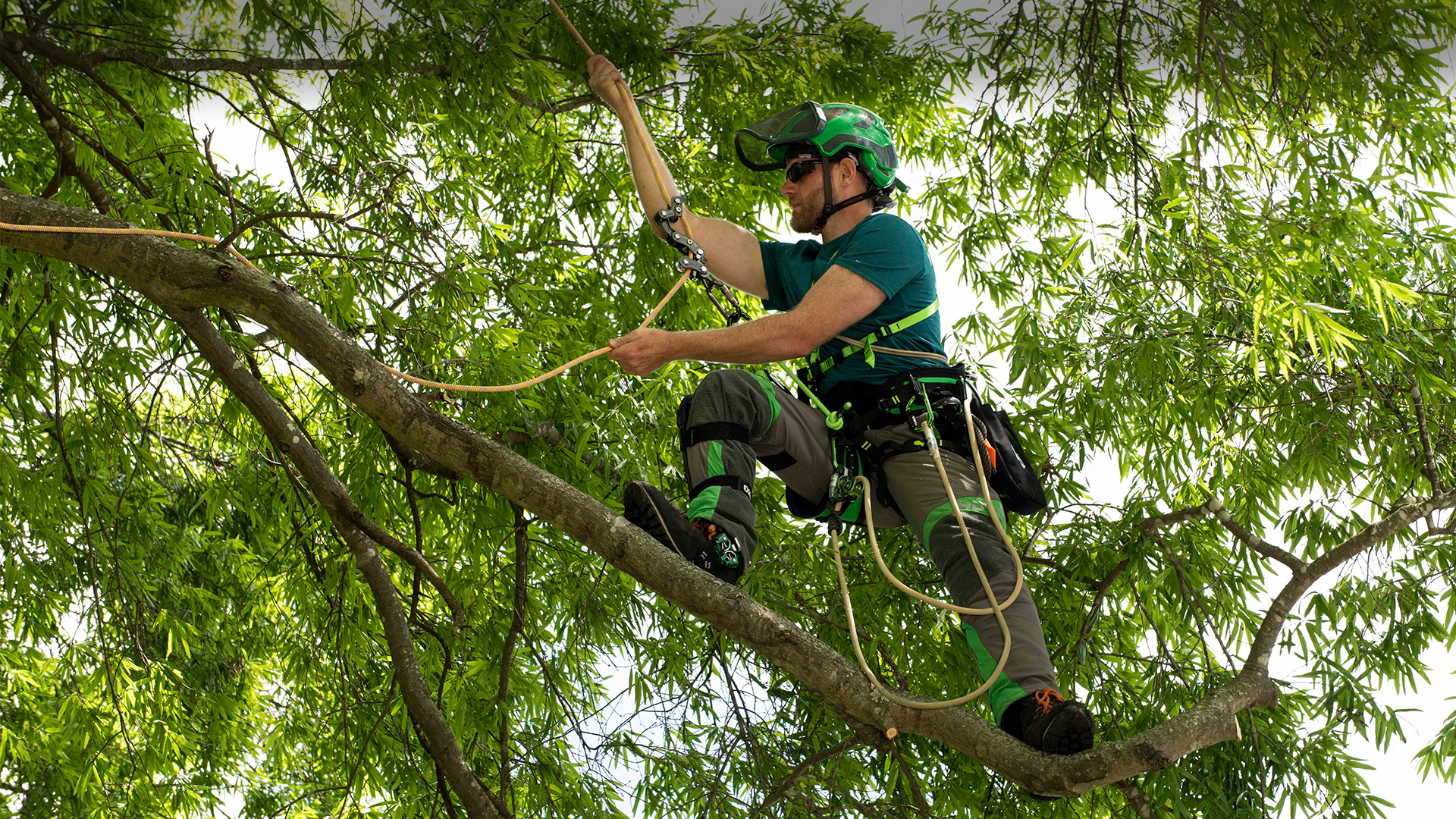The Essential Guide to Arborist Equipment: Everything You Need to Know
Arborists are professionals in tree care who have received training in the upkeep and care of trees. To complete operations like pruning, trimming, removing deadwood, and planting new trees, specific equipment is needed for the job. Technology has advanced, making arborist equipment more effective and user-friendly, which has made the job simpler and safer. This manual will give a thorough rundown of the important tools that every arborist needs to have on hand.
The Right Tools for the Job: Understanding Arborist Equipment
For their work, arborists employ a range of tools, including saws, ropes, harnesses, and safety equipment. Here are some of the most important items to take into account while beginning a career as an arborist or updating your current gear.
- Saws: Arborists employ a variety of saws, including hand saws, chainsaws, and pole saws. The size of the tree and the sort of cut you must make will determine the best saw for the task.
- Ropes and Harnesses: When working at heights, arborists need ropes and harnesses. They provide workers in trees stability and safety.
- Safety equipment: Arborists place a high focus on safety, therefore it's critical to wear the right clothing, including helmets, safety glasses, and protective gloves.
Choosing the Best Arborist Equipment for Your Needs
- Choosing the Best Arborist Equipment for Your NeedsWhen it comes to choosing the best equipment for your needs, there are several factors to consider, including:
- Quality: Buying high-quality equipment can save you money in the long term since it will work better and last longer.
- Price: While more expensive, excellent equipment is usually worth the extra money because you get what you pay for. Using cheap equipment might put you in danger since it could fail or wear out rapidly.
- Comfort: Because you will be using the equipment for extended periods of time, it is crucial to purchase items that are pleasant to use. Look for equipment that is ergonomically constructed, well-balanced, and lightweight.
- Look for features that encourage safety while selecting equipment, such as non-slip handles, safety switches, and automatic brakes.
FAQs About Arborist Equipment
What equipment is most crucial for an arborist?
A: Safety equipment, ropes and harnesses, and saws are among an arborist's most essential instruments.
How do I pick the best saw for the task?
A: The size of the tree and the kind of cut you need to make will determine the best saw for the task. A hand saw or pole saw may be adequate for cutting smaller branches, but a chainsaw is preferable for cutting bigger trees.
Are high-quality arborist equipment worth the investment?
A: Yes, high-quality equipment is worth the investment as it will last longer and perform better, making the job easier and safer. Cheap equipment may break or wear out quickly, and could put you at risk while working.
What safety elements should you consider while buying arborist gear?
A: Consider features that enhance safety when buying equipment, such as non-slip grips, safety switches, and automated brakes.
Conclusion:
As a result, in order for tree care specialists to work both safely and effectively, they need the appropriate equipment. It's critical to select the appropriate tools for the work and spend money on durable, secure equipment, including safety gear such as ropes, harnesses, and saws. By adhering to these rules, you can make sure that you have the ideal tools for the job, which will help you succeed as an arborist by providing you with the equipment you need. This book gives you the knowledge you need to choose the ideal arborist equipment for your requirements, whether you're starting out or updating your current equipment.

Post a Comment for "The Essential Guide to Arborist Equipment: Everything You Need to Know"